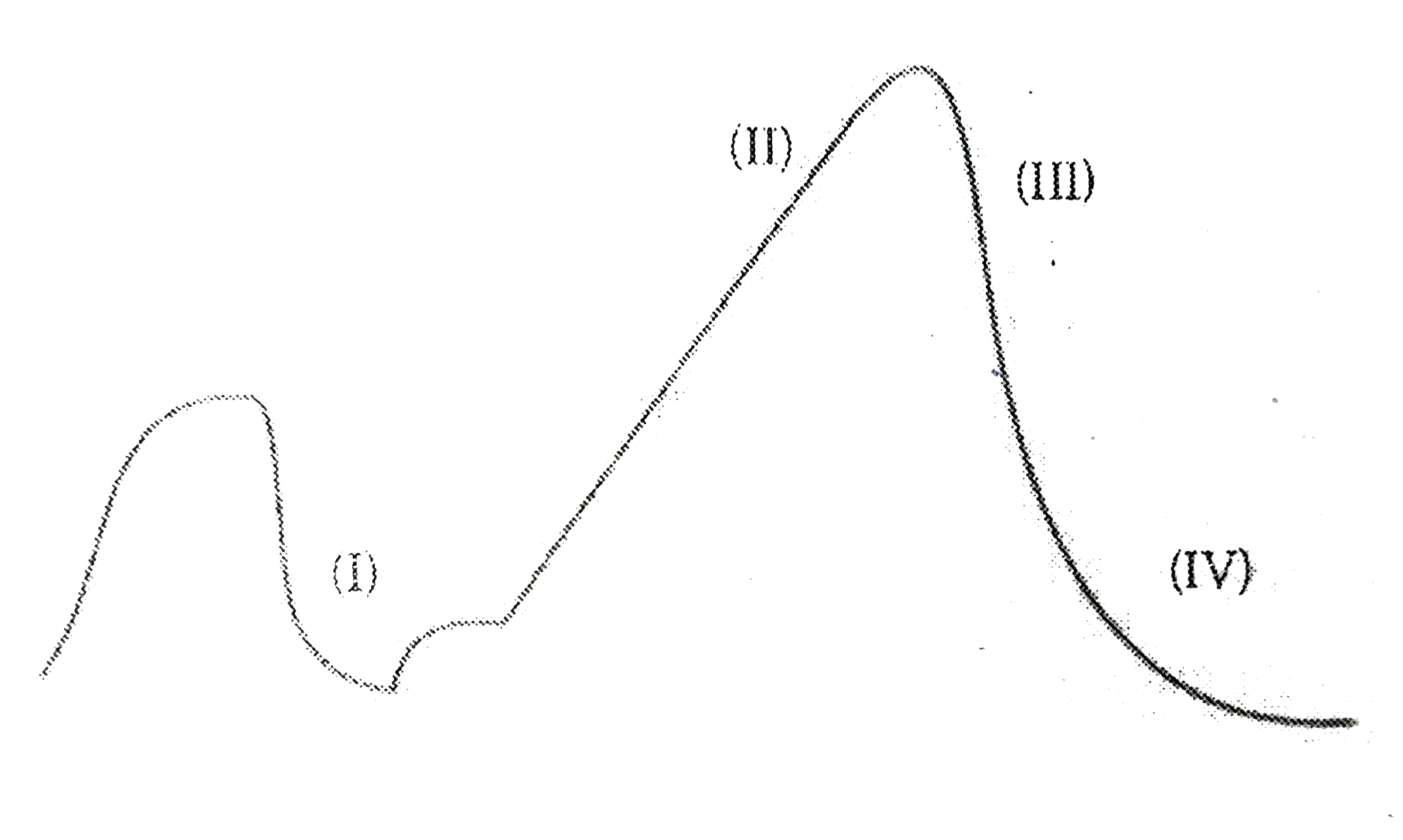Muscle twitch and tetanus
Step-by-Step Solution:
1. Definition of Muscle Twitch:
- A muscle twitch is defined as a single, quick contraction of a muscle fiber in response to a strong enough action potential. This contraction is noticeable and can be felt by an individual.
2. Characteristics of Muscle Twitch:
- It involves a brief contraction followed by relaxation.
- The contraction is strong enough to be perceived, indicating that the action potential has reached the threshold level.
3. Definition of Tetanus:
- Tetanus refers to a state of sustained muscle contraction that occurs when a muscle is stimulated by a rapid succession of nerve impulses.
4. Characteristics of Tetanus:
- In tetanus, multiple muscle contractions occur in quick succession without relaxation between them.
- This leads to a prolonged and strong contraction of the muscle fibers.
- The muscle remains in a contracted state for a longer period, resulting in increased tension and strain at the muscle ends.
5. Comparison:
- While a muscle twitch is a single contraction, tetanus is characterized by continuous contractions that can lead to fatigue if sustained for too long.
- A muscle twitch is defined as a single, quick contraction of a muscle fiber in response to a strong enough action potential. This contraction is noticeable and can be felt by an individual.
- It involves a brief contraction followed by relaxation.
- The contraction is strong enough to be perceived, indicating that the action potential has reached the threshold level.
- Tetanus refers to a state of sustained muscle contraction that occurs when a muscle is stimulated by a rapid succession of nerve impulses.
- In tetanus, multiple muscle contractions occur in quick succession without relaxation between them.
- This leads to a prolonged and strong contraction of the muscle fibers.
- The muscle remains in a contracted state for a longer period, resulting in increased tension and strain at the muscle ends.
- While a muscle twitch is a single contraction, tetanus is characterized by continuous contractions that can lead to fatigue if sustained for too long.
Topper's Solved these Questions
- LOCOMOTIONA ND MOVEMENT Book:ICSEChapter:LOCOMOTIONA ND MOVEMENT Exercise:NCERT EXERCISES WITH ANSWER (Fill in the blanks )
Explore 6 Videos
- LOCOMOTION AND MOVEMENTBook:ICSEChapter:LOCOMOTION AND MOVEMENTExercise:LONG ANSWER TYPE QUESTIONS
Explore 14 Videos
- MINERAL NUTRITION Book:ICSEChapter:MINERAL NUTRITION Exercise:NCERT EXERCISE WITH ANSWER (DIFFERNTIATE BETWEEN )
Explore 9 Videos
Similar Questions
Knowledge Check
The muscle band which remains unchanged during contraction and relaxation of skeletal muscle is
A1 bandBH zoneCA bandDZ lineA person likely to develop tetanus is immunised by administering
ADead GermsBPreformed antibodiesCWide spectrum antibioticsDWeakened germsInjection of antitoxin in tetanus confers which type of immunisation ?
AActive immunisationBPassive immunisationCAuto-immunisationDHumoral immunisation
How smooth muscle is more like cardiac muscle than skeletal muscle, with respect to both its structure and function?
View SolutionWhy does a doctor administer tetanus antitoxin and not a tetanus vaccine to a person injured in a roadside accident with a bleeding wound? Explain.
View SolutionIdentify A and B.

(i) - Tetanus Toxoid
(ii) - Anti-tetanus serum
(iii) - Diphtheria, pertussis, and tetanus vaccine
(iv) - Antitoxin diphtheria serum
(v) - Bacillus Chalmette-Guerin (BCG) vaccine
View SolutionA: Muscle tetanus is the phenomenon of sustained contraction of a muscle due to succession of nerve impulse/stimuli being received by it
R: Many of our daily activities are due to tetanic contraction of muscles like holding the book.
View SolutionName the bacteria responsible for the following diseases : typhoid, tetanus and cholera.
View Solution

